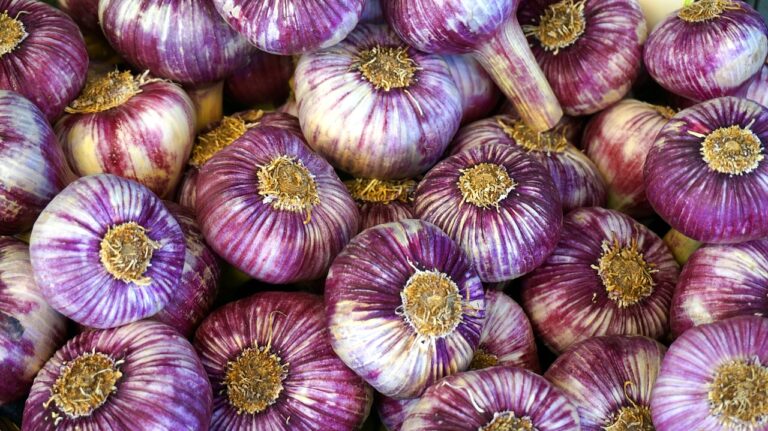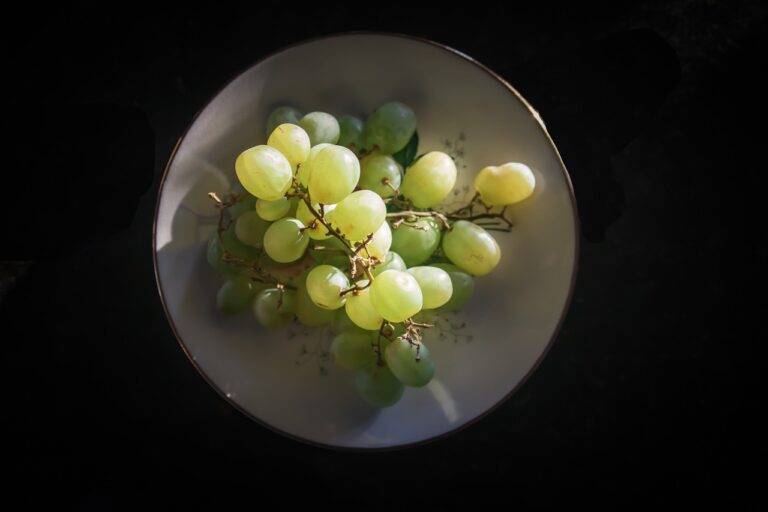Cooking with Spices: Exploring Global Flavors
Spices are an essential element in cooking that can transform a dish from ordinary to extraordinary. They add depth, complexity, and a burst of flavor that can elevate any recipe. From the fragrant spices of India to the bold flavors of Latin America, each region has its own unique blend of spices that are used to create traditional dishes. In this article, we will explore the world of cooking with spices, taking a closer look at some of the most popular spices from around the globe.
Indian Spices
Indian cuisine is known for its rich and aromatic spices that create complex and flavorful dishes. Some of the most commonly used spices in Indian cooking include turmeric, cumin, coriander, cardamom, and garam masala. Turmeric, with its vibrant yellow color, is widely used in curries and lends a warm and earthy flavor to dishes. Cumin adds a warm and slightly nutty flavor, while coriander provides a citrusy and floral note. Cardamom, often used in desserts and chai tea, has a sweet and herbal flavor profile. Garam masala, a blend of ground spices including cinnamon, cloves, and nutmeg, adds warmth and depth to dishes.
Asian Spices
Asian cuisine is known for its bold and vibrant flavors, which are achieved through the use of a variety of spices. In Chinese cooking, five-spice powder is a popular blend of star anise, cloves, cinnamon, Sichuan peppercorns, and fennel seeds that adds a complex and aromatic flavor to dishes. Thai cuisine often utilizes lemongrass, galangal, kaffir lime leaves, and Thai basil to create dishes that are fresh and aromatic. In Japanese cooking, wasabi, shiso, and yuzu are commonly used to add a unique and sophisticated flavor profile to dishes.
Middle Eastern Spices
Spices play a crucial role in Middle Eastern cuisine, adding depth and complexity to dishes. Some of the key spices used in Middle Eastern cooking include sumac, za’atar, cumin, coriander, and cinnamon. Sumac, with its tart and tangy flavor, is often used as a seasoning or garnish. Za’atar is a blend of dried herbs, sesame seeds, and sumac that is commonly sprinkled on bread or used as a seasoning for meats. Cumin and coriander are essential spices that add warmth and depth to dishes, while cinnamon adds a subtle sweetness.
Latin American Spices
Latin American cuisine is known for its bold and spicy flavors, which are achieved through the use of a variety of spices. In Mexican cooking, chili peppers, cumin, oregano, and cilantro are commonly used to create dishes that are flavorful and aromatic. In Peruvian cuisine, aji amarillo, a yellow chili pepper, is a key ingredient that adds heat and a fruity flavor to dishes. In Brazilian cooking, garlic, onion, cumin, and paprika are often used to create dishes that are savory and spicy.
African Spices
African cuisine is known for its bold and flavorful spices that add depth and complexity to dishes. Some of the key spices used in African cooking include berbere, ras el hanout, harissa, and sumac. Berbere, a traditional Ethiopian spice blend, is made from chili peppers, garlic, ginger, and a variety of other spices that add heat and complexity to dishes. Ras el hanout is a Moroccan spice blend that typically includes cardamom, cinnamon, cloves, and nutmeg, creating a warm and aromatic flavor profile. Harissa, a North African chili paste, adds heat and depth to dishes, while sumac provides a tart and tangy flavor.
European Spices
European cuisine may not be as known for its bold and exotic spices as other regions, but it still uses a variety of herbs and spices to add flavor to dishes. In Italian cooking, basil, oregano, rosemary, and garlic are commonly used to create dishes that are fresh and aromatic. In French cuisine, herbs de Provence, a blend of herbs such as thyme, rosemary, and marjoram, adds a fragrant and aromatic flavor to dishes. In Spanish cooking, saffron, smoked paprika, and pimentre frequently used to create dishes that are rich and flavorful.
Conclusion
Exploring the world of cooking with spices is a journey that can lead to discovering new flavors, aromas, and culinary experiences. Whether you are looking to add a touch of warmth to a curry with Indian spices, a kick of heat to a chili with Latin American spices, or a hint of sweetness to a dessert with Middle Eastern spices, there is a world of flavors waiting to be explored. By experimenting with different spices from around the globe, you can elevate your cooking and create dishes that are rich, flavorful, and truly memorable.
FAQs
What are some common spice blends used in global cuisine?
Some common spice blends used in global cuisine include garam masala in Indian cooking, five-spice powder in Chinese cooking, za’atar in Middle Eastern cooking, and herbs de Provence in French cooking.
How can I store spices to maintain their freshness?
To maintain the freshness of your spices, store them in a cool, dark place away from heat and moisture. You can also store spices in airtight containers to prevent them from losing their flavor.
Can I substitute one spice for another in a recipe?
While it’s best to use the spices called for in a recipe for authentic flavor, you can often substitute one spice for another if needed. Just be aware that the flavor profile may change slightly.
What are some tips for using spices in cooking?
Some tips for using spices in cooking include toasting whole spices before grinding them for maximum flavor, adding spices early in the cooking process to allow their flavors to develop, and tasting as you go to adjust the seasoning to your preference.







